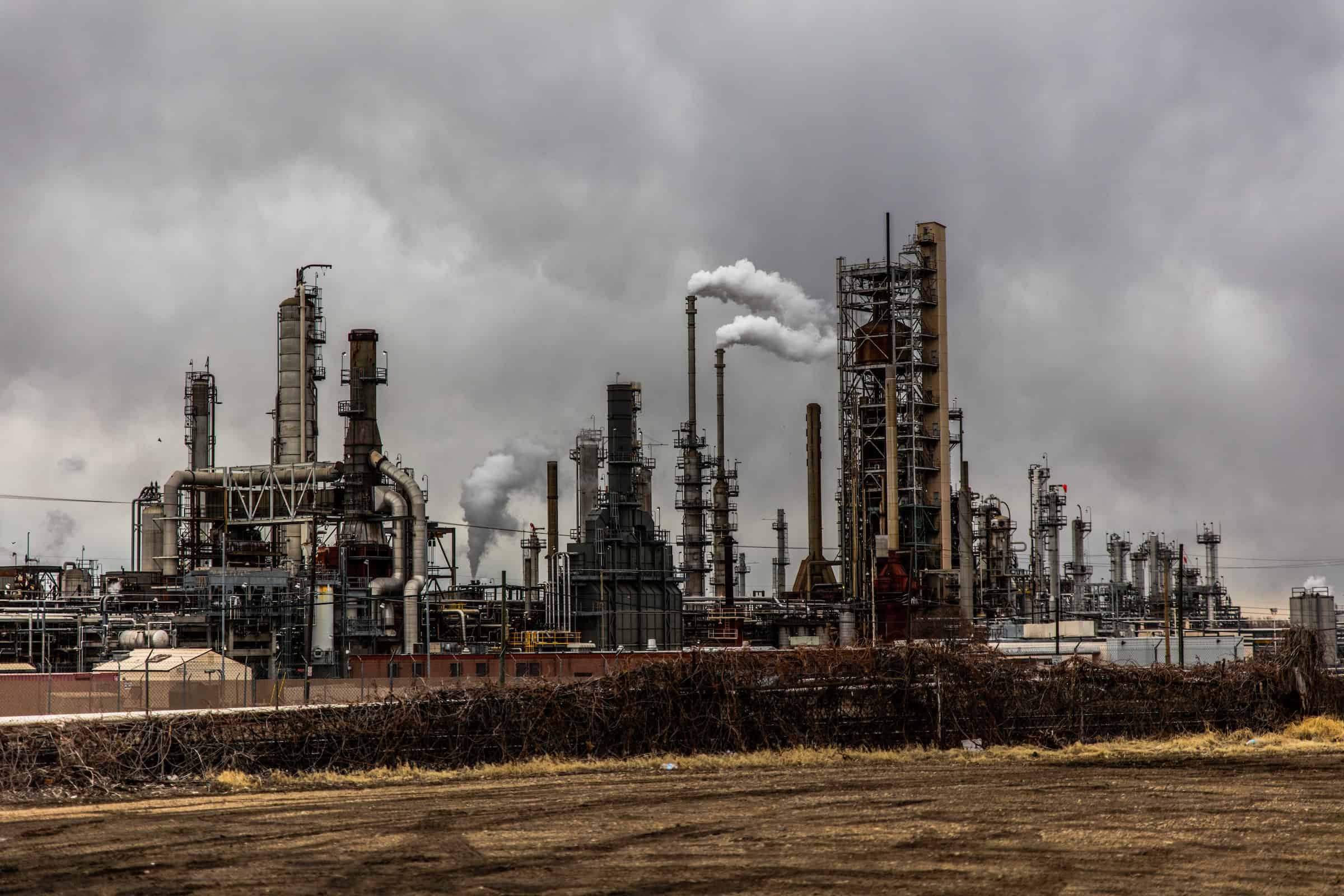
Making energy-intensive industries more sustainable is crucial to achieving climate goals, says a new study. TNO updated the future scenarios drawn up two years ago for the Dutch energy supply.
The study is based on the tightened national and European targets and their implementation (Climate Act, Fit-for-55, REPowerEU). Using these scenarios, TNO investigated what the tightening and elaborating the climate objectives means for making the Dutch energy system more sustainable after 2030. The study provides a picture of our future energy system, including the use of renewable energy sources, green hydrogen, and nuclear energy.
ADAPT and TRANSFORM
In the study, TNO elaborates on two scenarios, ADAPT and TRANSFORM, for the future of the Dutch energy supply after 2030. The starting point is pursuing an energy system at the lowest cost to society. In both scenarios, the climate objectives are met. In ADAPT, we do not change our lifestyles, fossil energy continues to be used, and the energy system is made climate-neutral by storing part of the CO2 underground. In TRANSFORM, people do change their behavior and companies invest seriously in sustainability. For the period from 2030 to 2050, the energy sources needed, the costs, how much CO2 storage is needed, and what forms of energy are consumed by different sectors have been calculated.
Closing or relocating the industry
The energy-intensive industry consumes almost half of all energy in the Netherlands and is also of great significance to the economy of the Netherlands. This is why TNO has paid extra attention to this sector in the study. Martin Scheepers, author of the scenario study: “It is often thought that industry will continue as before for the time being. However, price developments and government policy or lack thereof can lead to energy-intensive companies being forced to close or relocate production elsewhere. Therefore, we created several variants in which production by these companies is reduced or eliminated or in which they start importing semi-finished products. We calculated their effects on the energy system.”
The study shows that with a largely unchanged production volume of energy-intensive industry, 40-50% of the Netherlands’ energy demand will continue to come from industry. The energy demand drops to just above 30% if production in the Netherlands decreases due to increasing competition and/or part of the production chain is moved abroad (with the import of semi-finished products). As a result, less electricity needs to be generated, hydrogen shifts from industry to the built environment for building heating, and more biobased fuels are used for biofuel production.
Nuclear energy
TNO also calculated the use of nuclear power plants in both scenarios. In both scenarios, it turns out to be cost-effective to use nuclear power plants. A situation was also calculated in which no new nuclear power plants were built. In ADAPT and TRANSFORM, renewable generation capacity does not change because its maximum potential is already used. Both scenarios without new nuclear power plants show a smaller electricity supply than those with nuclear power, resulting in less hydrogen produced from renewable electricity. Scheepers: “In an energy system without new nuclear power plants, system costs are 1% to 2.5% higher than with nuclear power. Although nuclear power plants are more expensive than wind turbines and solar panels, the loss of this energy supply must be met with more deployment of flexibility options that have relatively high costs, such as energy storage.”
Negative emissions
Replacing fossil carbon with sustainable alternatives, such as biocarbons and recycled plastics, is a huge task. Eliminating the use of fossil fuels can lead to high costs. “Our scenario study shows that limited use of fossil fuels and offsetting the released CO2 emissions is more cost-effective,” Scheepers said. “This can be done by storing biogenic CO2, BECCS, released during the conversion of bio feedstocks to fuels and chemicals. Storing CO2 from biomass leads to negative emissions. That makes it possible to leave fossil emissions partly still. Instead of capturing and storing CO2 from fossil processes, it is much better to do so with bioprocesses. Our calculations show that applying BECCS could even be cheaper in the future than capturing fossil CO2 because you need smaller installations, and the energy costs are also lower. However, the government will have to encourage this.”
Sustainability pays off
Achieving energy transition requires significant investments that will increase over the next few decades. This is offset by cost reductions due to innovation and the broader application of new technologies. Costs for the overall energy system will continue to rise toward 2050, especially if we continue to use fossil fuels and consumers do not change their lifestyles. “If that does happen and fossil fuel use declines, a much more favorable picture emerges. Indeed, in a scenario with far-reaching sustainability, the system costs for the industry are lower than if we continue to use substantial amounts of fossil fuels,” concludes Martin Scheepers.

